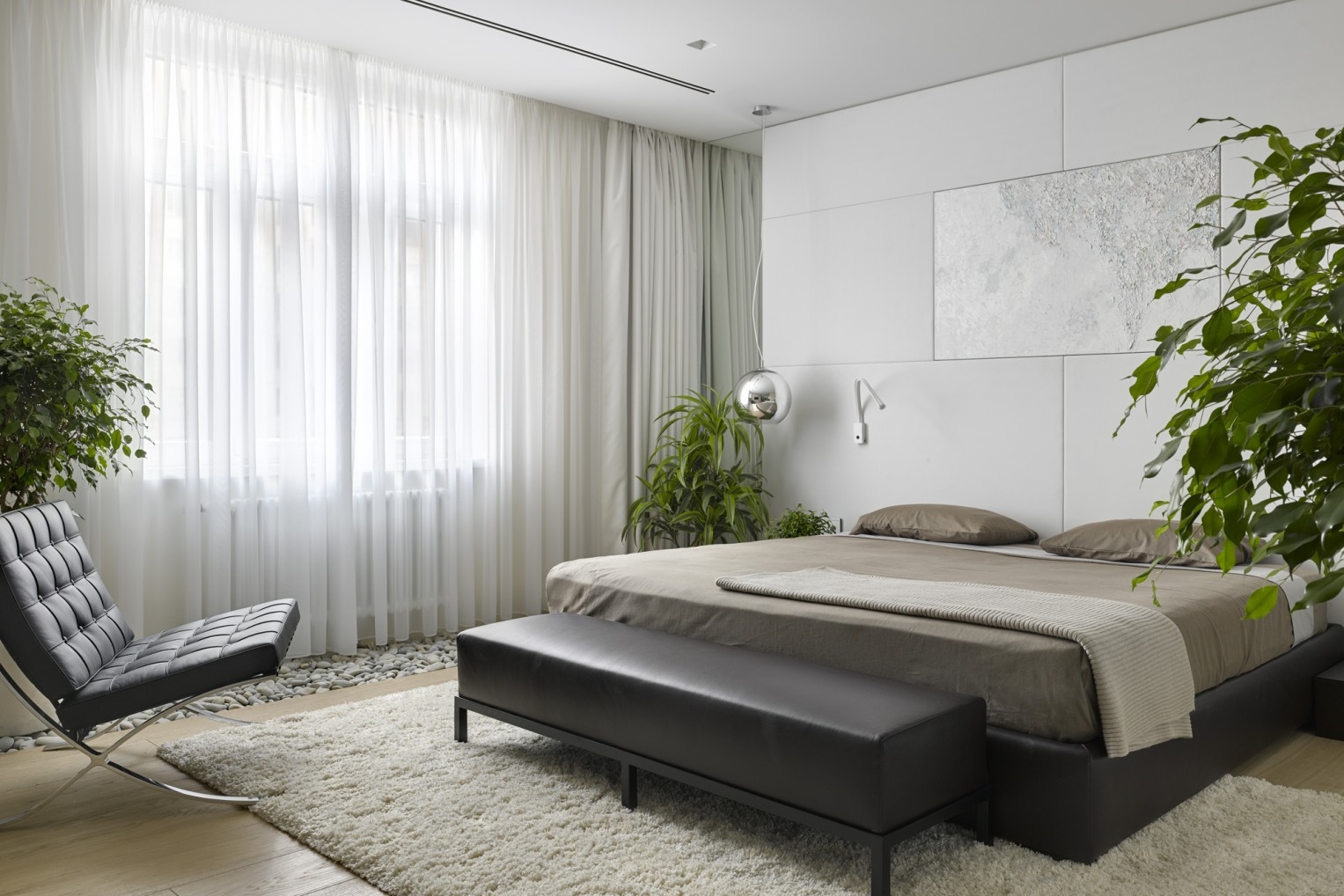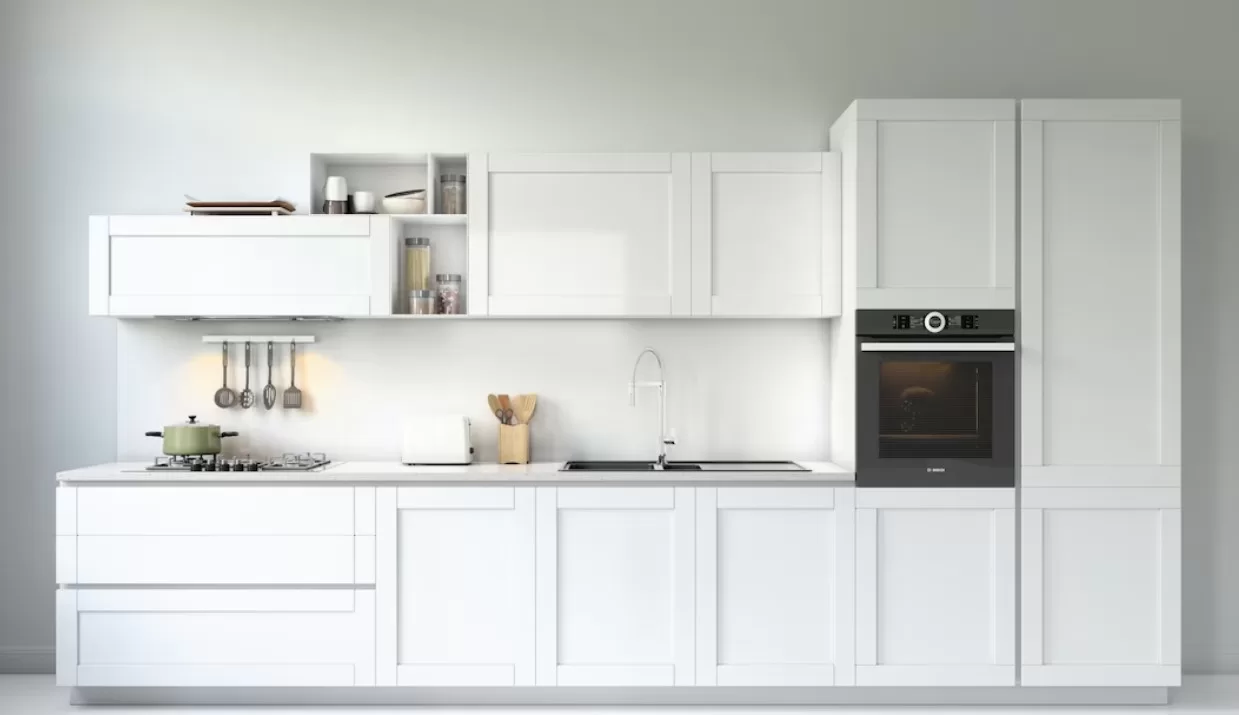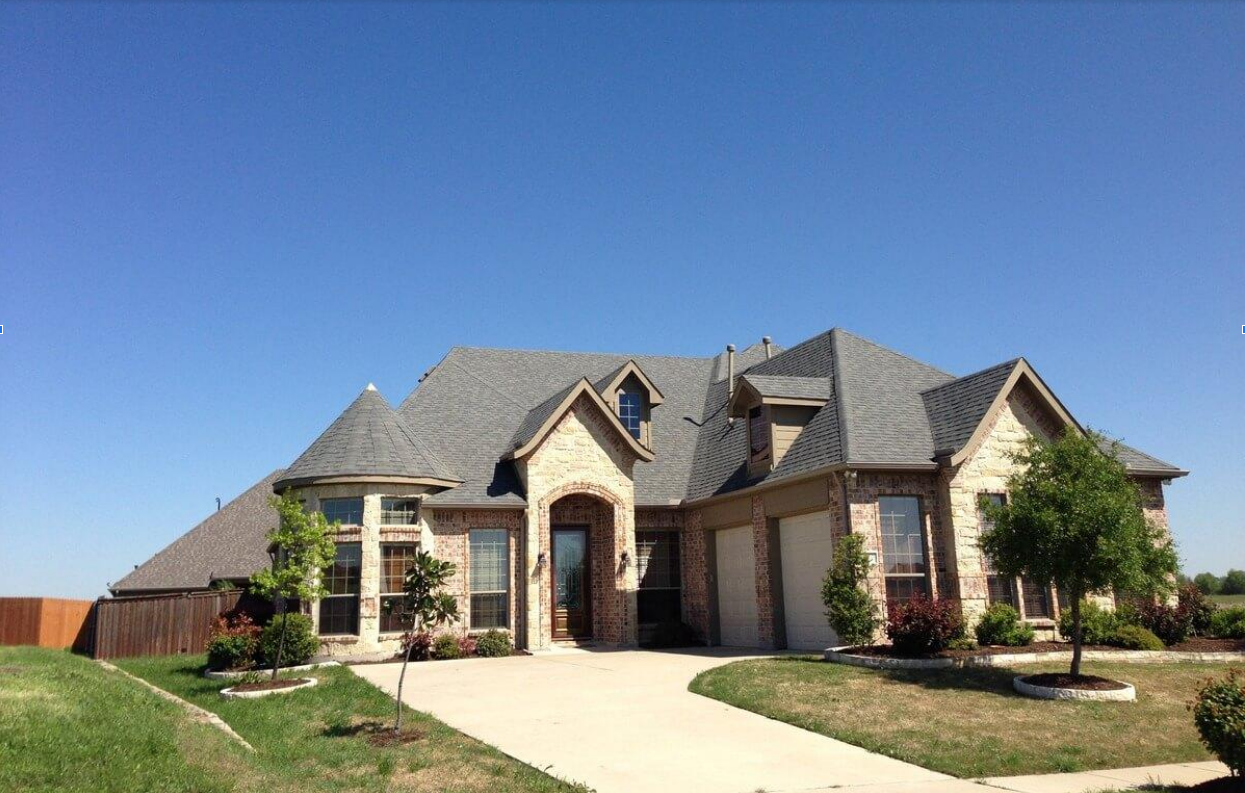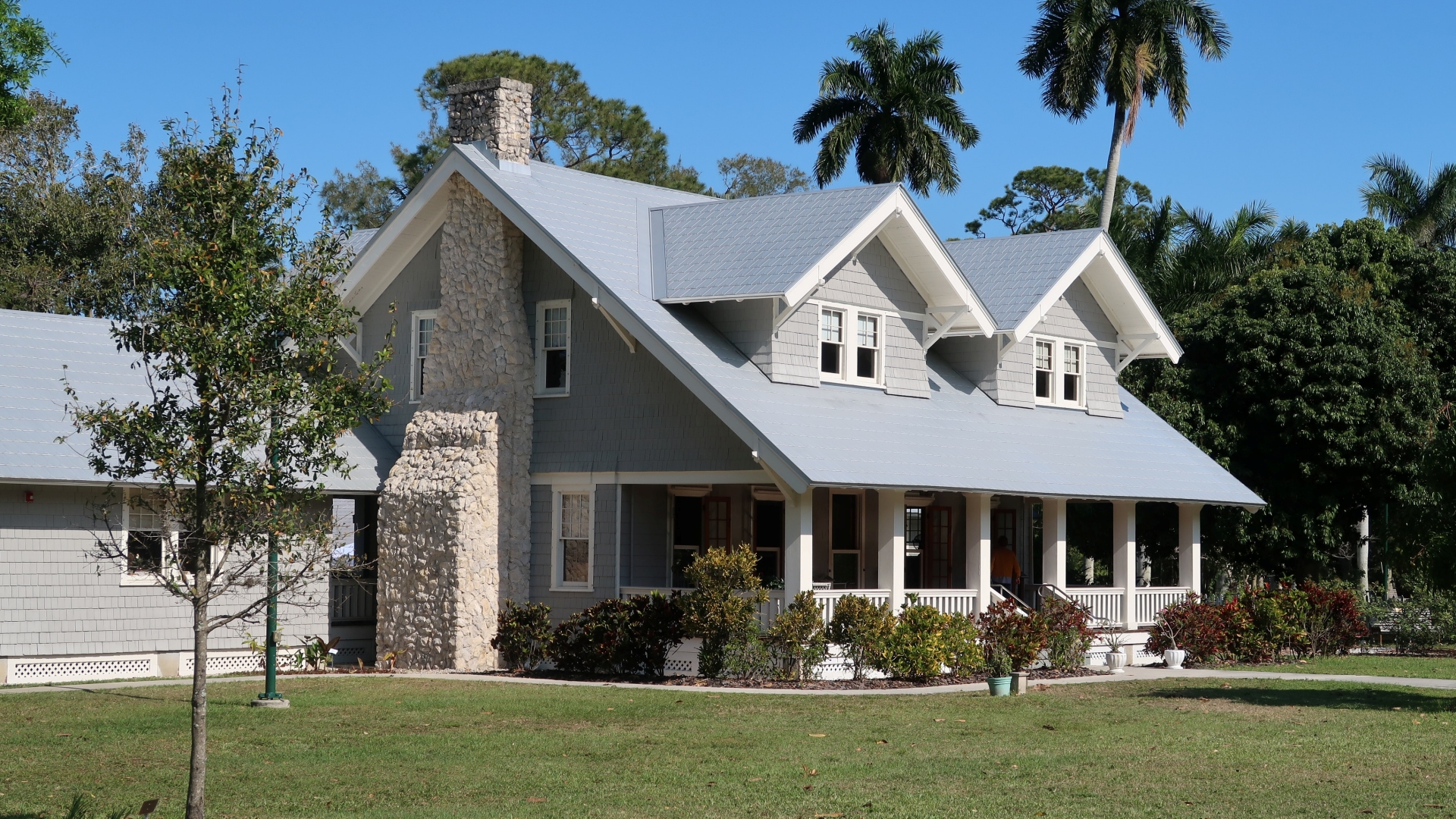When professional architects and interior designers need new inspiration, the first place they often look is the natural world. In its imperfect way, the natural world is perfect—it effortlessly melds colors, textures, shapes, and sizes; every colour and hue seems perfectly placed because they are; and the sereneness and freshness of nature are inviting, evocative, and nurturing.
Enter “biophilic design,” a trend that has spiked in recent years, despite being a very old principle stretching back at least to the ancient world (see: The Hanging Gardens of Babylon).
In this article, learn what biophilic design is, how it benefits homeowners, and how to apply its theories to your home.
What Is Biophilic Design
Simply put, biophilic design is a set of architectural and décor principles that aim to connect the home with its natural surroundings. Often, professionals achieve biophilic design by focusing on the following fundamental elements:
Sunlight: The amount of natural light in the home
- Air: The amount of fresh air the home receives
- Plants: The sense of abundant vegetation in the home
- Water: Indoor and outdoor water features reminiscent of the natural world
- Fire: Fireplaces, hearths, and outdoor firepits that lend a primal feel to the space
Further, architects and designers aim to break down the barriers separating the home from its natural surroundings by mirroring architectural and décor choices with the outside world—a living wall, same-level indoor-outdoor spaces, etc. Often, they quite literally break the barriers with open-concept exits and towering operable windows.
How Does Biophilic Design Benefit Homeowners
Broadly, the advantages of biophilic design are threefold: increased mental and physical health, lessened environmental impact, and high resale value.
According to a study in The International Journal of Environmental Research and Public Health, biophilic design has profoundly positive impacts on mental health. Scores of other studies also tout the health and wellness benefits of optimizing natural elements in the home.
Next, biophilic design can lessen a home’s environmental impact. In addition to favouring carbon-capturing greenery, biophilic design often includes the use of features like triple-glazed windows, which help homes achieve “net-zero energy” (a related concept in architecture).
Finally, applying biophilic principles to your home can increase its value. Additions like outdoor water features, picture windows, floor-to-ceiling sliding glass doors, and living walls boost value and attract prospective buyers. Naturally, partner with luxury real estate companies like Harvey Kalles to get the highest ROI for your efforts.
How to Apply Biophilic Design to Your Home
The concept doesn’t just apply to new builds; anyone can apply biophilic design principles, whether in a sweeping renovation, slight remodel, or even a décor shift. Here are a few ways to add some nature to your home:
- Maximize natural light with large windows, skylights and sliding glass doors
- Increase ventilation with operable window and door features
- Incorporate natural materials like wood, metal and stone in your décor
- Grow a biodiverse native garden, and bring several plants indoors
- Repaint in earth tones and match those earth tones with various home features, artwork and appliances
- Opt for sculptures and art pieces that feature biomorphic forms
- Add natural fire and water features like fireplaces, fire pits, reflecting ponds, and fountains.
Reconnecting your home with nature has a slew of benefits. Consider applying the straightforward tips above to get started with biophilic design.











